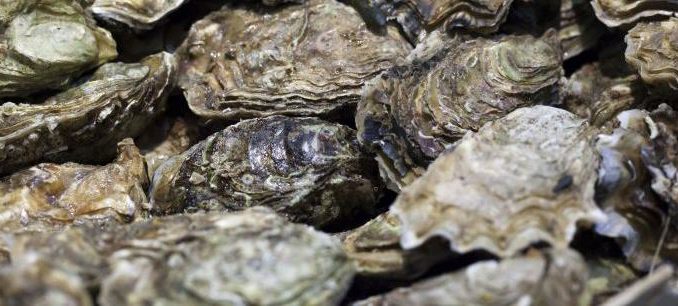
Biologists see 50 percent increase in oyster abundance on Calcasieu
The removal of oyster dredges on Big Lake could be having a positive effect on the estuary’s oyster population.
According to a press release from the Coastal Conservation Association of Louisiana, biologists with the state’s Department of Wildlife and Fisheries saw a 50 percent increase in total abundance of oysters on Calcasieu Lake in 2018 compared to 2017 — when scrapers were prohibited on Calcasieu and Sabine lakes, and hand-tonging was made the only legal means of harvest.
Last week, after receiving the LDWF report, the Louisiana Wildlife and Fisheries Commission voted to increase the daily sack limit on Big Lake from seven to 10 for the upcoming 2018-19 season.
“While we are only a year into it, and we still have a long way to go for the reefs to fully recover, the early results on the removal of dredges from Big Lake certainly seem positive,” CCA Louisiana executive director David Cresson said in the release. “Healthy, vertical oyster reefs are critical to our estuaries. They serve a number of important functions, from filtering the water, to providing habitat and food for marine species, to slowing down wave action that batters our shorelines.
“Scrapers, by design, flatten and spread the reefs. Removing them has been a positive move for the reefs and the oyster fleet.”
The move to ban dredges, which was sponsored by Rep. Stephen Dwight of Lake Charles and was supported by CCA, was initially met with opposition by many in the oyster industry.
“CCA said from the beginning that we want to see a thriving, prosperous oyster fleet in Big Lake, because that indicates a healthy and abundant oyster stock,” he said. “When the oyster reefs are healthy and productive, it’s good for everyone.”
Big Lake is 100 percent public oyster grounds, meaning there are no oyster leases in the lake. And while the news is good there, other areas of the state where dredging is still allowed is not so promising — state biologists described the overall oyster population on Louisiana’s public grounds as the “lowest stock size ever recorded,” according to the CCA release.
The Mississipppi Sound, Hackberry Bay, Lake Chien, Sister Lake and the area east of the Mississippi River and south of the MRGO all saw decreases, with oyster availability statewide listed at 91 percent below the long-term average, the release states.
“It’s sad what has happened to the state’s public oyster grounds. They have been absolutely dragged to death, and there is no denying it,” Cresson said. “Perhaps we should learn a lesson from what’s going on in Big Lake and consider similar tactics to stop the decimation of these reefs in other areas.”